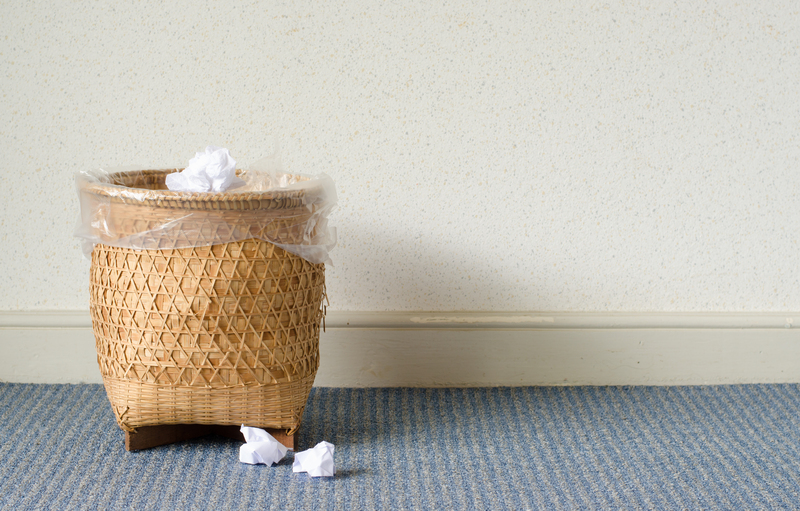Posted on 07/06/2024
The Do's and Don'ts of Managing Construction Waste
Construction is an essential part of our society, providing us with the buildings, homes and infrastructures we need to thrive. However, with any construction project comes a significant amount of waste. According to the Environmental Protection Agency (EPA), the construction industry generates more than 164 million tons of waste each year, making it one of the largest contributors to landfills. Improper management of this waste can have detrimental effects on the environment, including pollution, depletion of natural resources, and negative impacts on human health.
In order to minimize these harmful effects, it is crucial for construction companies and workers to adopt proper waste management practices. In this article, we will discuss the do's and don'ts of managing construction waste in order to promote a more sustainable and eco-friendly approach to building.
Do: Conduct a Waste Audit
The first step in managing construction waste is to conduct a thorough waste audit. This involves identifying all types of potential waste that may be generated during the project and determining how best to handle and dispose of them. By conducting a waste audit, the construction team will be able to identify areas where they can reduce, reuse or recycle materials, thereby reducing the volume of waste produced.

Don't: Ignore Local Regulations
It is important to research and understand local regulations regarding construction waste management before starting any project. Different areas may have specific rules or limitations on what materials can be disposed of in landfills or where they can be disposed of. Failure to comply with these regulations can result in hefty fines and penalties for both individuals and companies.
Do: Plan for Materials Reuse
One of the most effective ways to reduce construction waste is by planning for materials reuse. This involves salvaging materials from the demolition phase that can be reused in the new construction or repurposed for other projects. Additionally, using reclaimed or recycled materials in new construction can also significantly reduce the amount of waste generated.
Don't: Mix Different Types of Waste
It may be tempting to throw all construction waste into one dumpster, but this can actually create more problems in the long run. Mixing different types of waste, such as hazardous materials with regular construction debris, can make it difficult to properly dispose of or recycle them. This can also lead to potential health and safety hazards for workers and the environment.
Do: Set Up Proper Waste Disposal Systems
Proper waste disposal systems should be set up on the construction site to ensure that waste is being managed efficiently. This includes having designated dumpsters for different types of waste, such as wood, metal, concrete, and hazardous materials. It is also important to have clearly labeled recycling bins and designate an area for salvaging and storing reusable materials.
Don't: Neglect Safety Precautions
Construction waste can pose serious health and safety risks if not handled properly. Therefore, it is crucial for all workers to follow safety procedures when handling and disposing of waste. This includes wearing appropriate personal protective equipment (PPE) when handling hazardous materials, as well as following proper lifting and carrying techniques to avoid injuries.
Tips for Reducing Construction Waste
- Order materials accurately to avoid excess or unused supplies
- Use prefabricated or pre-cut materials whenever possible
- Opt for digital plans instead of paper ones to reduce paper waste
- Donate usable materials to non-profit organizations or charities
- Involve subcontractors in waste management planning and encourage them to follow sustainable practices

Takeaways
Managing construction waste not only benefits the environment but also has economic advantages for companies. By reducing waste, they can save on disposal costs and potentially earn tax credits for recycling efforts. It also helps preserve natural resources and reduces the carbon footprint of construction projects. Incorporating sustainable waste management practices can also improve a company's reputation and attract environmentally-conscious clients.
Conclusion
In conclusion, effective management of construction waste is crucial for creating a more sustainable and eco-friendly building industry. By conducting waste audits, following local regulations, planning for materials reuse and properly disposing of waste, we can significantly reduce the negative impacts of construction on the environment. With proper planning and implementation of the do's and don'ts mentioned in this article, we can pave the way towards a greener future for the construction industry.
Latest Posts
Tips for Proper Disposal of Regular Waste
Garbage Cleanup Bags - Efficient Skip Substitute

































 Get a Quote
Get a Quote